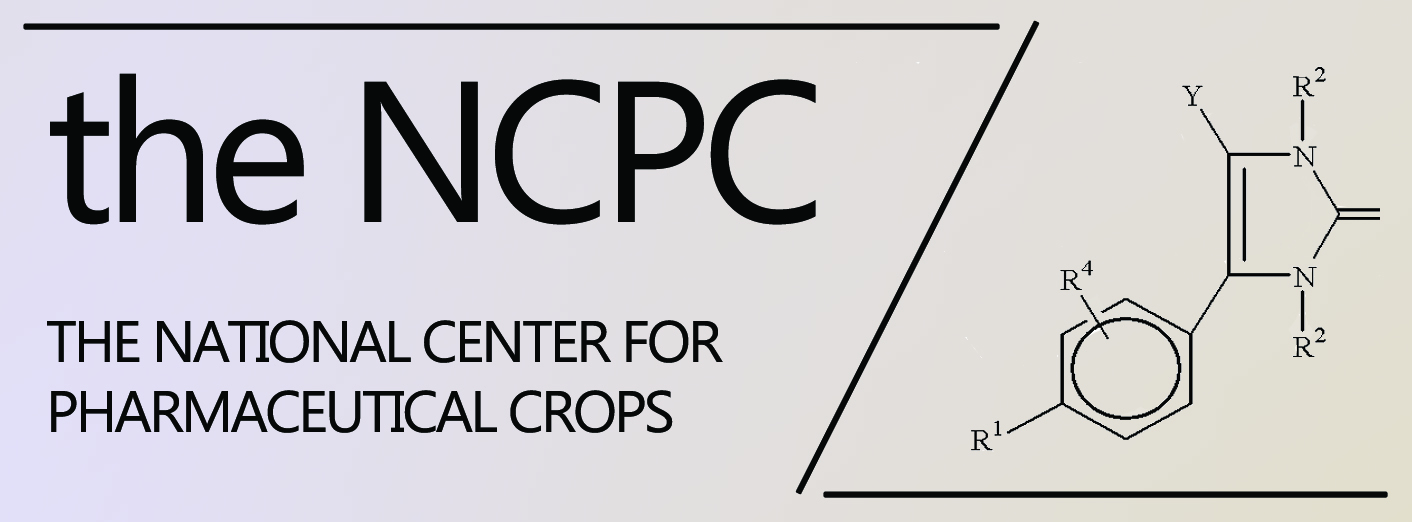
Document Type
Article
Publication Date
2014
Abstract
To date, chemical investigations of the genus Camptotheca have been primarily focused on C. acuminata. Total 78 compounds have been isolated from the species, including alkaloids (1-28), ellagic acids (29-40), flavonoids (41-46), sterols (47-48), terpenes (49-55), tannins (56-71), polyphenols and fatty acids (65-72), iridoid (73), lignan (74), polyols (75 and 76), amide (77), and sacchardide (78). The contents of camptothecin (CPT, 1), the major active alkaloid varies significantly with Camptotheca species and varieties, tissue and tree age and seasonal changes. Among all taxa of Camptotheca, C. acuminata var. acuminata has the lowest CPT contents (0.2249-0.3162% in young leaves, and 0.0392- 0.0572% in older leaves). C. lowreyana “Hicksii” has the highest CPT contents in both young and old leaves, approximately 1.5-2 folds higher than those in C. acuminata var. acuminata. Young leaves and mature fruits have high CPT contents than other tissues in Camptotheca. In young tissues of C. acuminata var. acuminata, the lowest CPT levels were found in March and April (0.074% and 0.081%, respectively) and highest in June (0.265%).
Repository Citation
Li, Shiyou and Wang, Ping, "Phytochemistry of Camptotheca Decaisne" (2014). NCPC Publications and Patents. 52.
https://scholarworks.sfasu.edu/ncpc_articles/52
DOI
https://doi.org/10.2174/2210290601405010163



Comments
Li, S., & Wang, P. (2014). Phytochemistry of Camptotheca Decaisne. Pharmaceutical Crops, 5(1), 163–172. https://doi.org/10.2174/2210290601405010163
https://benthamopen.com/TOPHARMCJ/home/